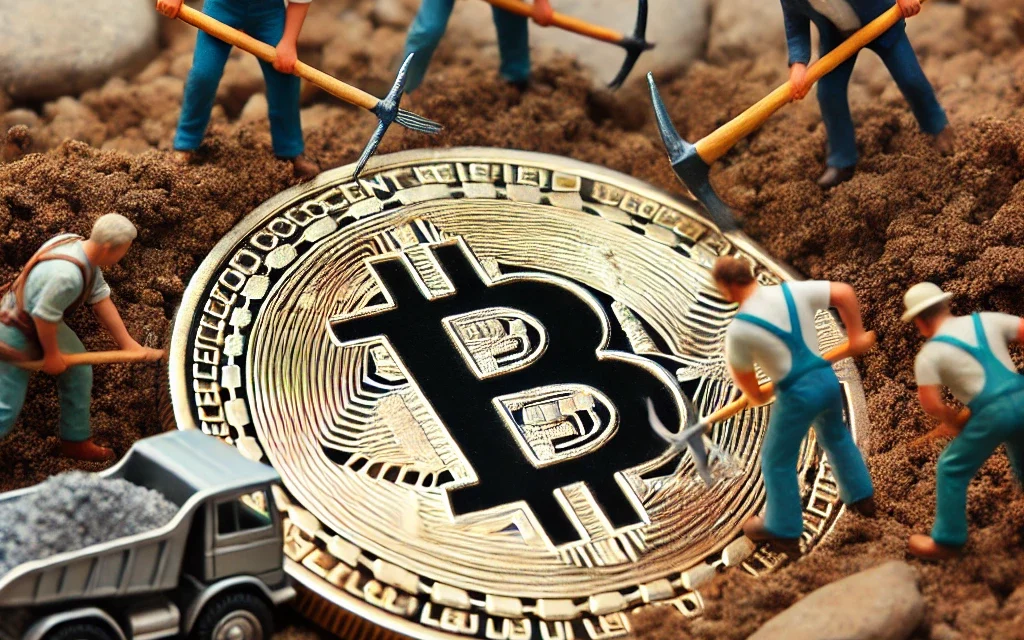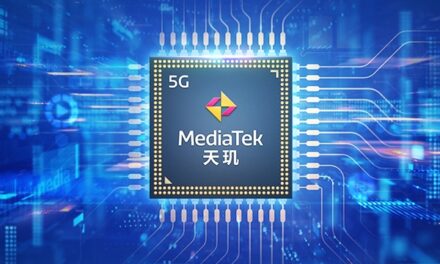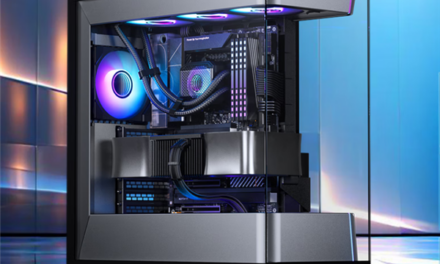
What are Mining Pools, and Why Choose a Pool Over Solo Mining?

Cryptocurrency mining has changed since the inception of Bitcoin by Satoshi Nakamoto in 2009. Initially, miners could use standard computers to validate transactions and secure the network. However, as the popularity of cryptocurrencies grew, so did the complexity of mining. It has led to the rise of mining pools – groups of miners working together to improve their chances of earning block rewards.
What is Crypto Mining?
Crypto mining is the process by which transactions are validated and added to the blockchain, the public ledger of all transactions in a crypto network. Miners use specialized software to solve complex math problems. Successful problem-solving results in the addition of a new block to the blockchain and earns the miner a block reward, including newly minted coins and transaction fees.
What is Pool Mining?
Pool mining is a collaborative approach where multiple miners work together to solve a block. Instead of working independently and competing against each other, miners in a pool (a Bitcoin mining pool) share their processing power and split the rewards proportionally based on their contributions. Today, most Bitcoin miners work in pools, for being a solo miner requires enormous power, which requires multi-million dollar investment in Bitcoin mining software, considering the growing network complexity.
The process of pool mining involves the following steps:
- Joining a pool. Miners join a pool by connecting their mining hardware to its server.
- Collaborative mining. The pool’s server assigns each miner a small piece of the larger computational problem. Miners solve these smaller problems and submit their results back to the server.
- Sharing rewards. When the pool successfully mines a block, the block reward and transaction fees are distributed among the pool members based on their contribution to the pool’s computational power.
How to create a crypto mining pool? Understanding the technical and operational requirements is crucial when it comes to creating a pool. It involves setting up a server, managing pool software, and ensuring fair and transparent distribution of rewards.
Is Mining Pool Better than Solo Mining?
The choice between pool mining and solo mining depends on several factors, including what coin you want to mine, computational resources, risk tolerance, etc. If it’s Bitcoin mining, most likely, you want to mine it in a pool. Here, in the table, we compare the two approaches generally without sticking to Bitcoin:
| Pool mining | Solo mining | |
| Consistency of rewards | Offers more consistent and predictable earnings as rewards are shared among all participants | Solo miners only earn rewards when they successfully mine a block, which can be rare due to the high difficulty level |
| Resource requirements | Requires less individual computational power, making it accessible to miners with less powerful hardware | Requires significant computational power and is more suited for those with advanced hardware setups |
| Risk and reward | Lower risk due to shared rewards but also lower potential individual payouts | Higher risk due to the unpredictability of earning rewards, but the potential for larger individual payouts when successful |
| Technical complexity | Simpler for beginners as the pool operator handles much of the technical work | Requires a deep understanding of mining software and blockchain technology. |
Table: Pool vs. Solo Mining
While solo mining offers the potential for higher individual rewards, it comes with greater risk and enormous resource demands. For most miners, joining a pool provides a balanced approach to earning cryptocurrency.


























